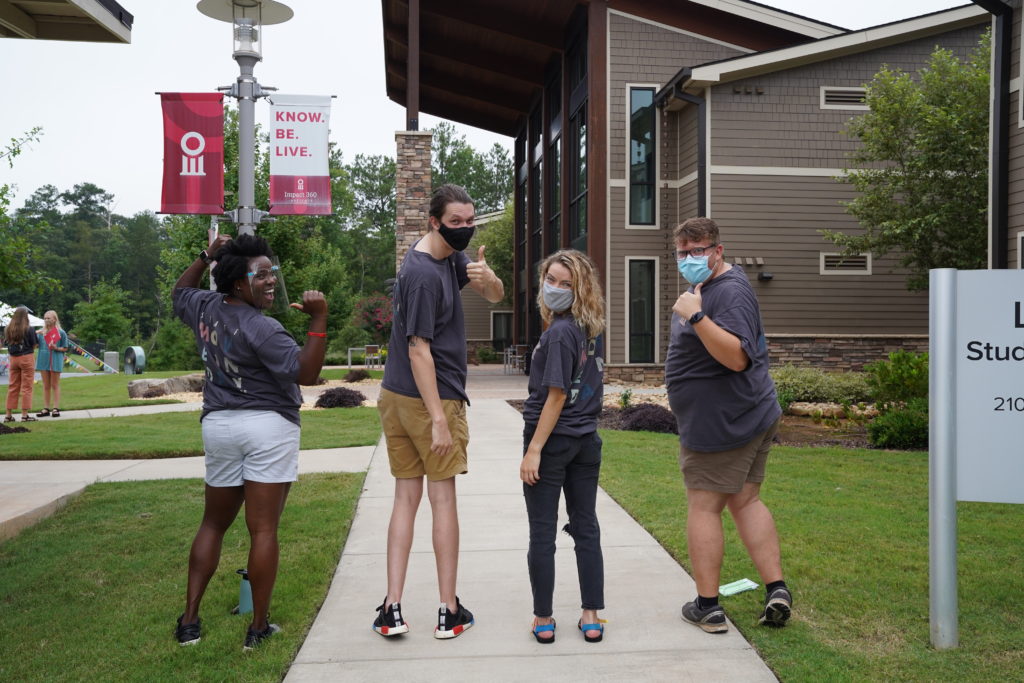The months of managing people and work in the pandemic have simultaneously highlighted the need for embracing some leadership practices while also demonstrating some former ways of leading may not be that important toward overall success. A world-level event such as the pandemic is going to teach us new things and force new habits to emerge in the type of workplace that such events create. Below are three quick takes on skills that can keep one’s leadership and influence with their teams moving forward in the emerging work environment.
- Back off: The pandemic closed most offices and began in a naturalistic fashion to demonstrate what types of work can be done from a remote setting. This means not all work roles will return immediately to the 9-5 work setting as it was pre-COVID. For people leaders, this means a change in orientation from that of an onsite manager to more of a territory manager mindset. The traditional territory manager who found success had to learn the balance between authority and autonomy. In other words, setting up clear expectations and allowing the off-site workers space to build their workflows to accomplish the goals. Micro-managing was never a successful long-term strategy and looking to employ it over remote workers will crush trust and engagement to the point it will create an unhealthy culture. Instead of focusing so much time on figuring out how to monitor and approve every move instead use your thinking to build the right stages and gates process to allow freedom for the team to build their workflows to get to the desired result. While this will take a large initial investment in communication over the long run it will free the leader up to spend their time on the tasks which only they can do while helping to build a solid bench of motivated and informed team members.
- Lean in: As mentioned in the preceding paragraph leading team members, some of whom may be in the office and others who are there much less will require a larger amount of time in communication. The leader will want to lean inward to think through what the correct levels and methods are for both the team as a whole and the individuals who make up the team. The incidental hallway conversations that may have been helping connect leaders and team members in the past won’t happen with the same frequency and the best practitioners of the “managing by walking around” theory will struggle to have the same levels of conversations with others. It will be very easy for team members to feel their leader does not know how they are doing both within the context of their role and as a person. Leaders who want to move ahead in this new environment will find they have to be proactive in conversation and have a sensitive ear toward helping support team members in challenges they face in their work and on the home front.
- Lift up: Leaders are going to need to strategically think through and plan intentional communications around vision and the progress toward it. Disconnected teams will not have the same steady flow of communication which existed in a structure when all were in the office. This can lead to situations where team members either have varying levels of organizational awareness or virtually no level of organizational awareness. Neither of these options will produce long-term positive outcomes. When people don’t have access to the same information then the opportunity for office politics creeps in. When people have no access to it overall then the purpose for the work they are doing becomes fuzzy and inevitably less meaningful to them. Leaders will want to make sure, through a variety of methods, a steady stream of organizational communication is making its way to all employees.
The workplace has changed because of the pandemic. To be the most effective leader you can be you too must be willing to adapt, change, and improve your skillset toward growing your personal influence.
